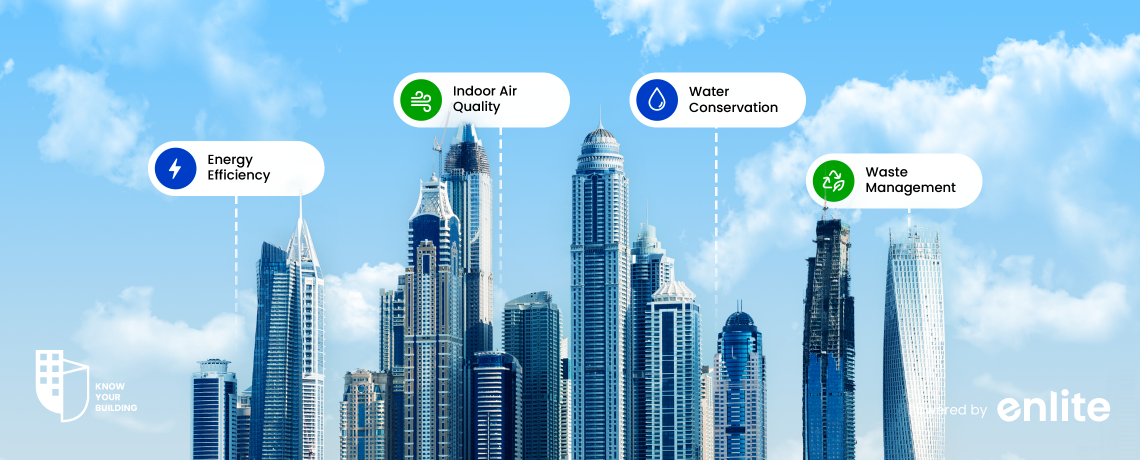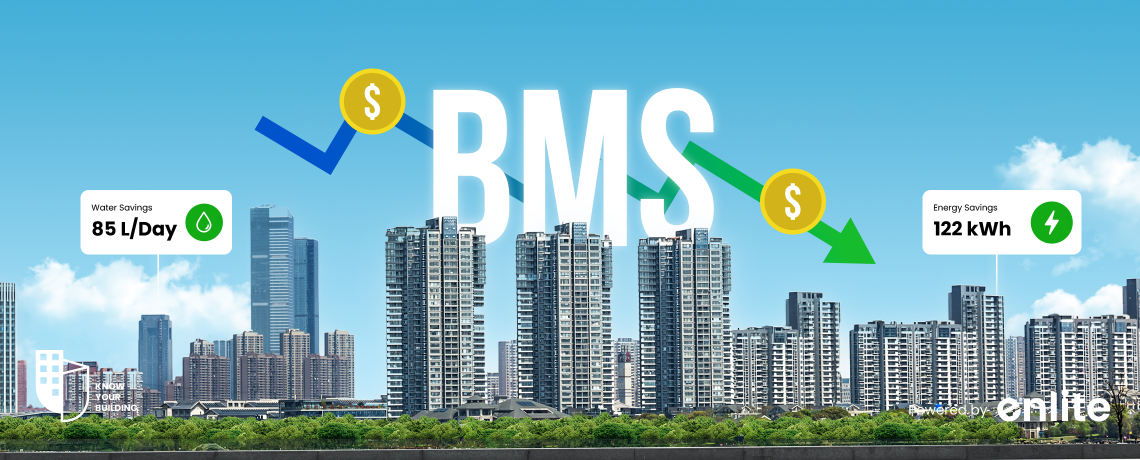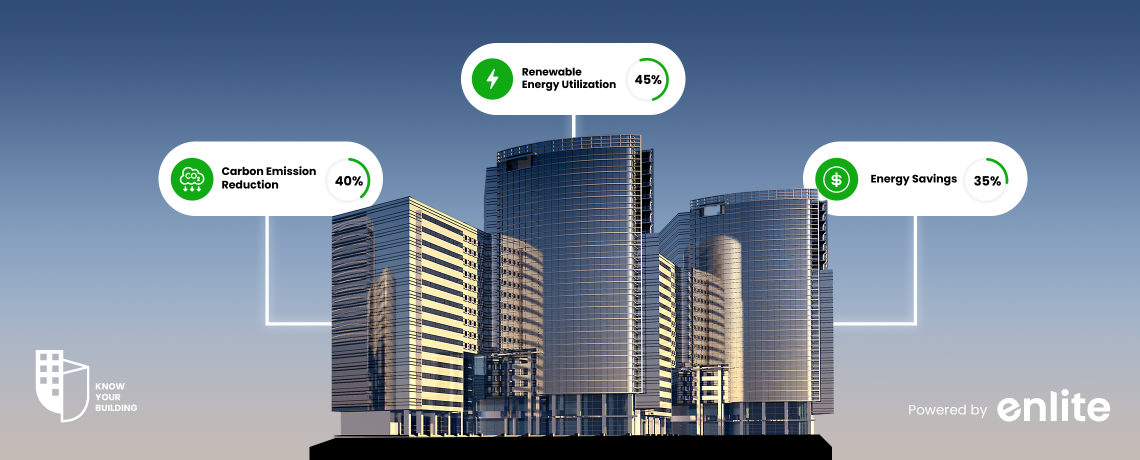The Sustainable Development Goals (SDGs) set forth by the United Nations provide a global framework for addressing pressing environmental, social, and economic challenges. This article explores the role of commercial real estate in advancing SDGs, highlighting the industry’s potential to contribute to environmental targets and foster sustainable development.
Understanding Sustainable Development Goals (SDGs):
The SDGs consist of 17 interconnected goals aimed at ending poverty, protecting the planet, and ensuring prosperity for all by 2030. These goals encompass a wide range of issues, including climate action, clean energy, sustainable cities, responsible consumption, and environmental conservation.
Importance of Commercial Real Estate in SDG Achievement:
Commercial real estate plays a significant role in shaping urban environments, driving economic growth, and influencing resource consumption and emissions. As major consumers of energy, water, and materials, commercial buildings have a direct impact on several SDGs related to sustainable cities, clean energy, and climate action.
Integration of SDGs into Commercial Real Estate Practices:
Energy Efficiency and Renewable Energy:
Implementing energy-efficient technologies and incorporating renewable energy sources into commercial buildings can help reduce greenhouse gas emissions, mitigate climate change, and contribute to SDG 7: Affordable and Clean Energy.
Sustainable Design and Construction:
Adopting green building principles, such as passive design strategies, efficient HVAC systems, and sustainable materials, can enhance building performance, promote occupant health and well-being, and support SDG 11: Sustainable Cities and Communities.
Waste Management and Recycling:
Implementing waste reduction strategies, such as recycling programs, composting initiatives, and sustainable procurement practices, can minimize landfill waste, conserve resources, and support SDG 12: Responsible Consumption and Production.
Access to Sustainable Transportation:
Providing access to sustainable transportation options, such as bike lanes, pedestrian pathways, and public transit, can reduce traffic congestion, air pollution, and carbon emissions, aligning with SDG 11: Sustainable Cities and Communities.
Collaboration and Partnerships for SDG Implementation:
Collaboration among stakeholders, including government agencies, businesses, nonprofit organizations, and community groups, is essential for achieving SDGs. Commercial real estate firms can leverage partnerships, share best practices, and align strategies to maximize their contribution to SDG implementation.
Conclusion:
In conclusion, commercial real estate has a critical role to play in advancing Sustainable Development Goals and fostering a more sustainable and resilient future. By integrating SDGs into their practices, collaborating with stakeholders, and embracing innovative solutions, the industry can contribute significantly to achieving environmental targets and promoting sustainable development globally.














